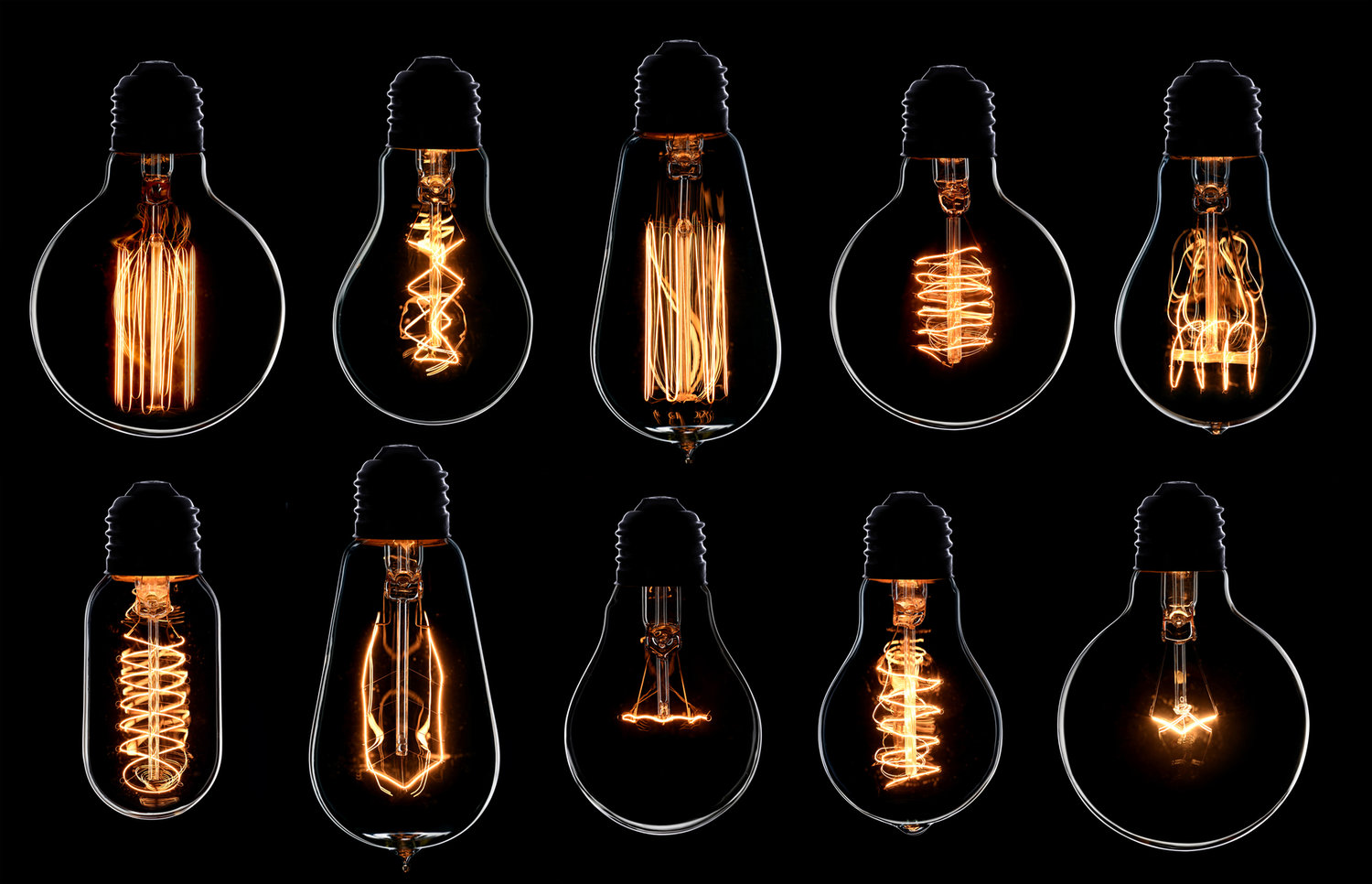
We Represent
Entrepreneurs
,
Inventors
,
Innovators
DESIGN PATENTS
DESIGN PATENTS
A patent is a set of exclusive rights granted by a sovereign state to an inventor or assignee for a limited period of time in exchange for detailed public disclosure of an invention. Many inventors are familiar with utility patents. There are other patent types that may be used to gain exclusive rights, including design patents and plant patents. Design patents protect the ornanental, non-functional features of a design. Typical items covered by design patents include: clothing, shoes, furniture, pillows, and the outside of just about anything.
INFRINGEMENT
To infringe a design patent, the ordinary observer test is used. Under the ordinary observer test for design patent infringement, a design is infringing when an ordinary observer believes that the accused design and the patented design are “substantially similar.” What is substantial similarity? To determine substantial similarity, the “overall appearance” of both the accused and patented design is considered and specific features or points of novelty are no longer the proper bases for comparison.
TOP DESIGN PATENT BENEFITS
DESIGN PATENT REQUIREMENTS
Patent pending status
Quickly issues in about 1 year (utility patents takes about 3 years)
Inexpensive ($875)
95%+ allowance rate
Protects how your invention looks, not how it works
Original Design
Non-functional (these are covered by utility patents)
Non-offensive
Drawings showing the design
YOUR QUESTIONS…
1. How long does it take for a design patent to issue?
2. Can I claim patent pending status when I file a design patent?
3. What the success rate for a design patent?
4. Does someone have to use my exact design to infringe my design patent?
5. Should I file a provisional patent application, or a utility patent application, or a design patent?
6. How does a design patent differ from a trademark?
7. Are design patents as strong as utility patents?
OUR ANSWERS…
We provide a comprehensive set of services related to the creation, exploitation, and protection of patent portfolios. Many patent prosecution services are offered on a flat fee basis.
It takes only about 1 year for a design patent to issue. Utility patents take an average of 36 months to issue into patents.
You can claim patent pending status based on your design patent application. Yes.
Design patents almost allways issue into patents. There is a 95%+ allowance rate for design patents.
Copying is not required to infringe a design patent. Infringement occurs when the two designs placed side to side appear to an ordinary purchaser be substantially similar.
You should file a provisional patent application only if you want to disclose the invention to someone and you are not ready to file a non-provisional utility patent application. Provisional patent applications do give patent pending status, but never turn into patents. You can file a design patent to protect the way an invention looks as well as a provisonal or non-provisional patent application to protect what the invention does.
A design patent lasts for only 14 years, while trademark protection on designs lasts for as long as the design is in use. However, the standards for infringing each is different. Trademarks are infringed where there is a likelihood of confusion as to the source of goods, while design patent infringement occurs when an ordinary observer suppposes the designs to be the same.
Design patents are not as strong as utility patents. But, utility patents do not protect designs.




